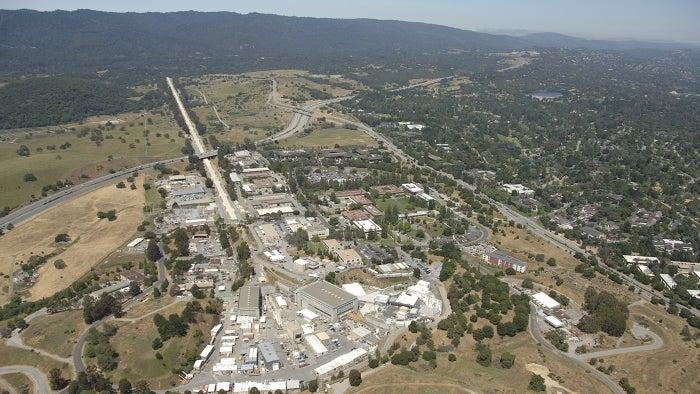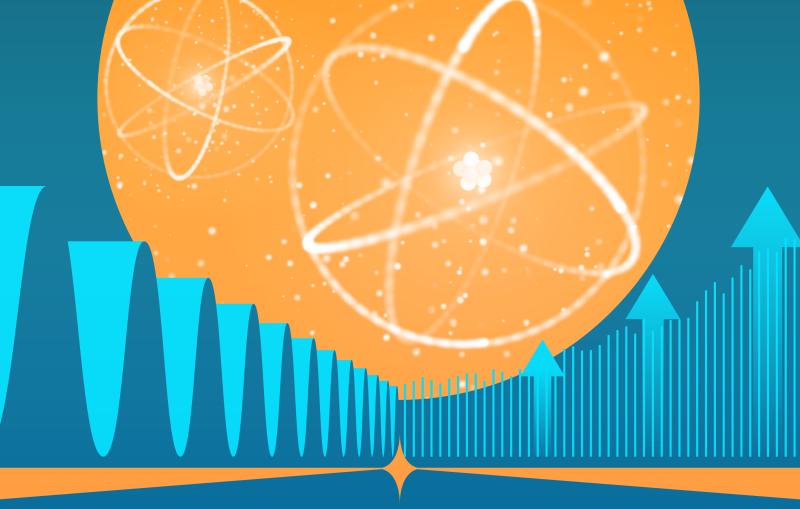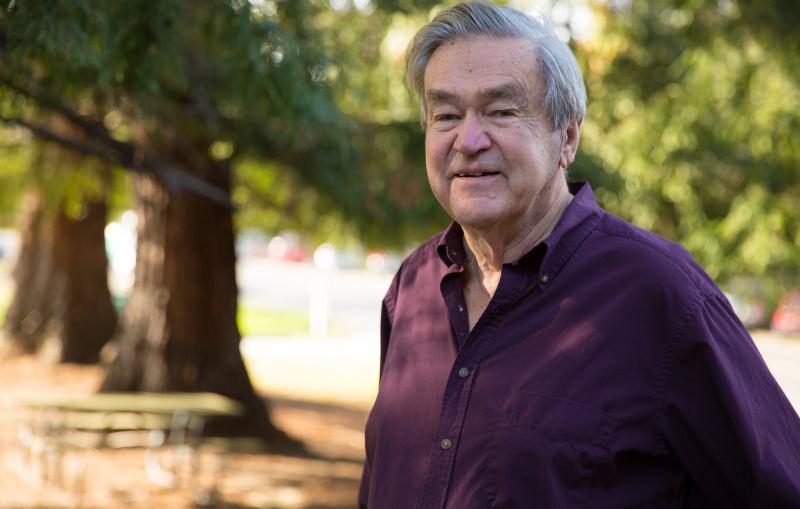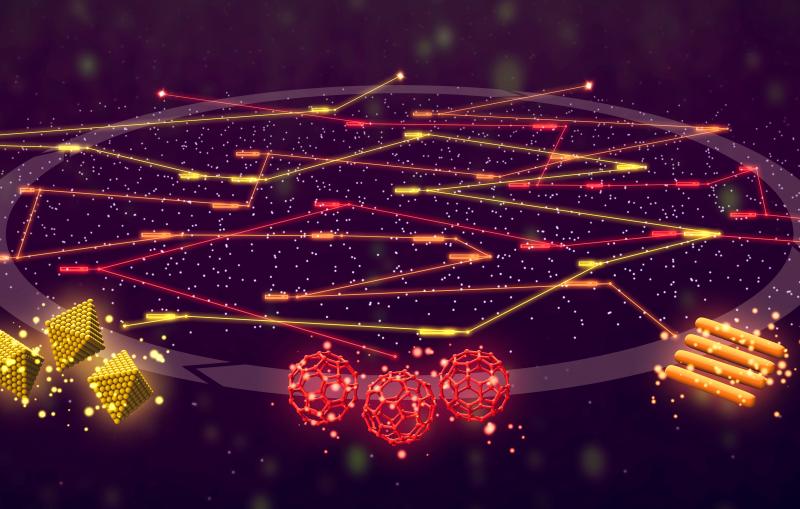June 5, 2015
Steady to a Fault
How do accelerators survive in some of the most earthquake-prone regions on Earth?
How do accelerators survive in some of the most earthquake-prone regions on Earth?

Dig Deeper
Related stories
News Feature
November 20, 2024
·
5 min read

News Feature
November 19, 2024
·
6 min read

Press Release
September 27, 2024
·
5 min read

News Feature
November 20, 2024
·
5 min read

News Feature
November 19, 2024
·
6 min read

Press Release
September 27, 2024
·
5 min read

News Feature
September 10, 2024
·
8 min read

News Feature
August 14, 2024
·
6 min read

News Feature
July 18, 2024
·
3 min read
